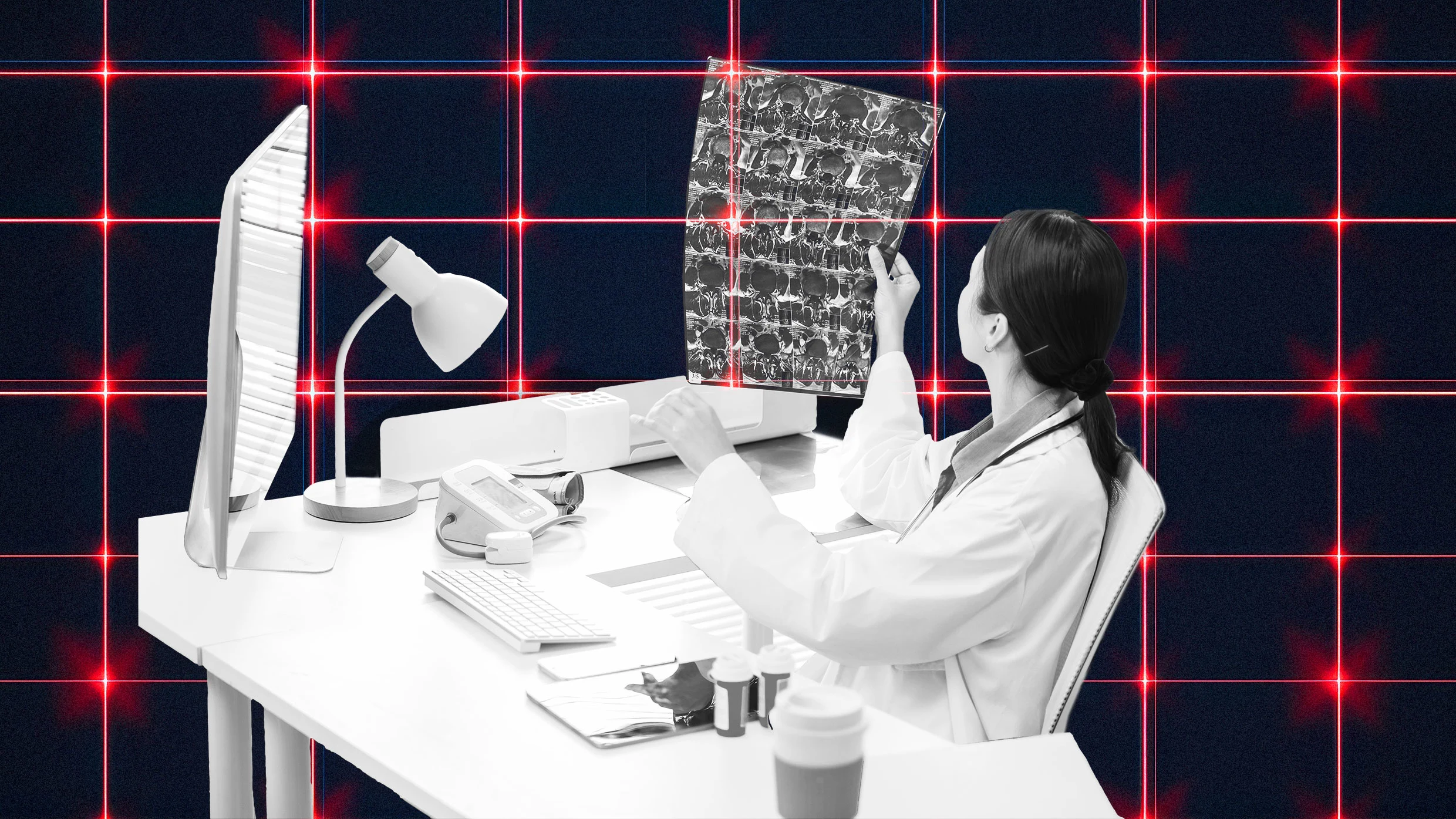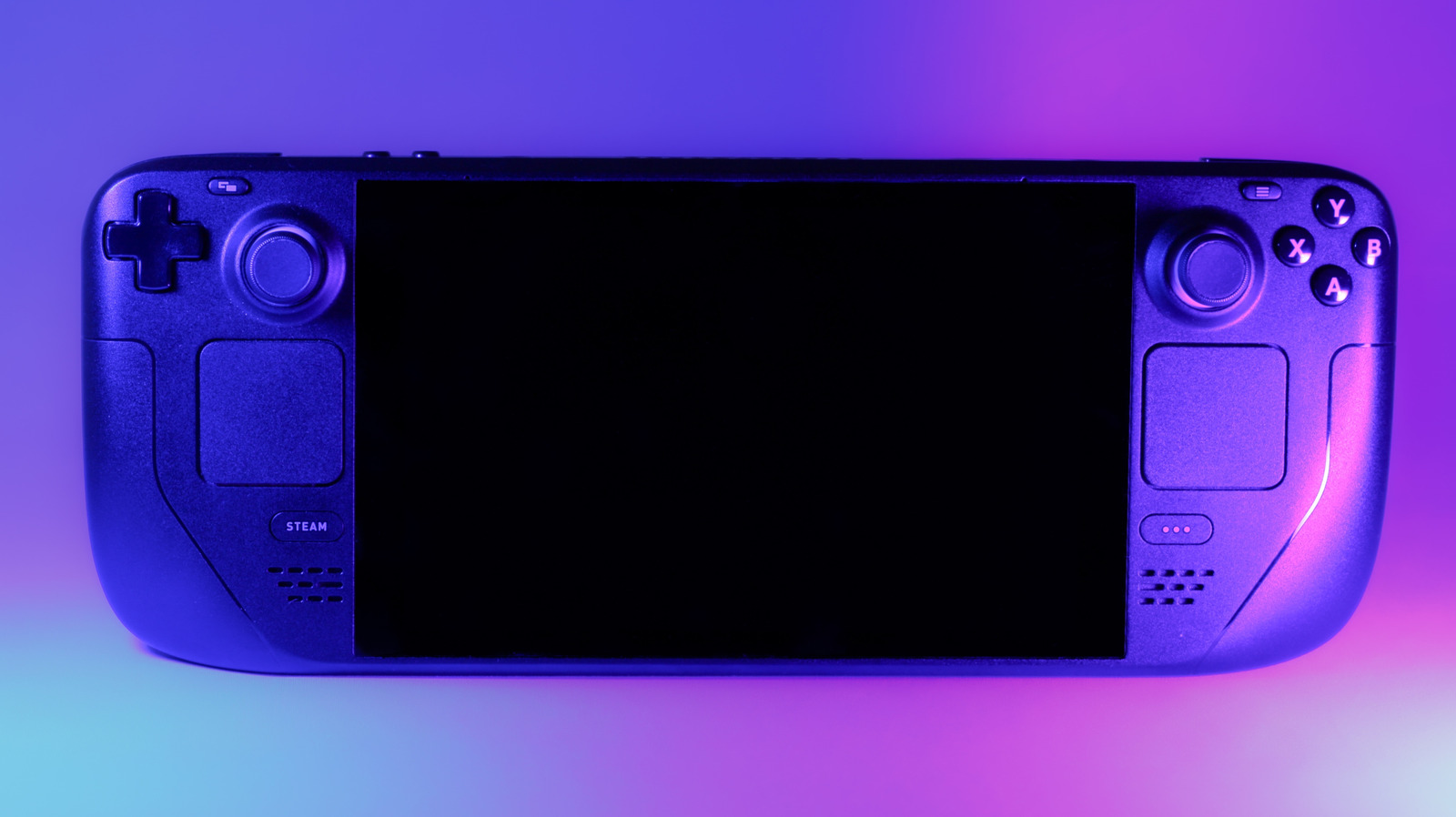Every Compose developer chains modifiers. It’s second nature: you need padding, a background, maybe a clip, then make the item clickable. Easy.
But here’s the twist: the order of those modifiers can make the same UI cheaper or more expensive to render. Two identical screens, two different modifier orders – one scrolls like butter, the other starts dropping frames once you add real-world load.
Let’s say, that you’ve already made some digging into performance and layout optimizations (about which you can also read here and here), but sometimes the culprit is often right in front of you: innocent-looking modifier chains.
Let’s make this concrete. Imagine a simple chat bubble. Looks harmless, right?
// Before: A typical "just make it work" modifier chain
// Before: "works", but heavier than it looks
Modifier
.clickable { onMessageClick() } // hit-test too early
.padding(horizontal = 12.dp, vertical = 6.dp)
.background(
color = MaterialTheme.colorScheme.surfaceVariant,
shape = RoundedCornerShape(12.dp)
)
.fillMaxWidth()
.padding(8.dp) // extra layout work
.alpha(0.98f) // layer A
.clip(RoundedCornerShape(12.dp)) // layer B + path work
.shadow(4.dp, RoundedCornerShape(12.dp)) // layer C (often)
Now compare it to a slightly reordered version:
// After: same visual, fewer layers, bounded ripple
Modifier
.fillMaxWidth() // layout first
.padding(12.dp)
.graphicsLayer { // consolidate heavy ops
alpha = 0.98f
shape = RoundedCornerShape(12.dp)
clip = true
shadowElevation = 4.dp.toPx()
}
.background(MaterialTheme.colorScheme.surfaceVariant) // drawn inside layer & clipped
.clickable(
interactionSource = remember { MutableInteractionSource() },
indication = rememberRipple(bounded = true)
) { onMessageClick() }
Both render identical bubbles. But under the hood, the first version:
- Creates extra layout work (double padding).
- Applies clickable too early, so hit-testing runs on a larger area.
- Forces Compose to do more path work when clipping and drawing.
- Separates alpha, clipping and shadow into distinct layers, increasing save/restore and repeated shape/path evaluation
The second version avoids all of that – without changing the design.
And that’s the real promise of this article: with a few practical rules of thumb, you can make your modifier chains faster, clearer, and more maintainable.
We’ll look at some patterns that you write dozens of times per day – and show how to turn them into performance wins hiding in plain sight.
Why Modifier Order Is Your Secret Weapon
Most developers think of a Modifier chain as a list of decorations: add some padding, maybe a background, and you’re done. But beneath this apparent simplicity lies a powerful and critical rule: modifier order is not a suggestion – it’s a contract that defines your UI’s behavior, appearance, and performance.
Think of modifiers as nested boxes:
Box(Modifier.fillMaxWidth()) { // Outer box: full width
Box(Modifier.padding(16.dp)) { // Middle box: with padding
Box(Modifier.background(Color.Blue)) { // Inner box: painted blue
YourContent()
}
}
}
Each new modifier creates another wrapper around your content. That’s why order matters: changing the order changes what gets wrapped by what. And that can turn a smooth scroll into a janky one.
The Innocent-Looking Pitfall
Consider a list item. You want the whole row to be clickable. A common, but flawed, approach looks like this:
// Common pattern - creates performance and UX issues
@Composable
fun ListItem(title: String, subtitle: String, onClick: () -> Unit) {
Row(
modifier = Modifier
.clickable { onClick() } // 1. Interaction first?
.fillMaxWidth() // 2. Then Layout...
.padding(16.dp) // 3. ...and more layout
.background( // 4. Finally, appearance
color = Color.LightGray,
shape = RoundedCornerShape(8.dp)
)
) {
// ... Content
}
}
At a glance, this seems logical. But this code creates an invisible performance trap. To understand why, you need to think of modifiers not as a sequence, but as layers of an onion. The first modifier in the chain is the outermost layer, wrapping everything that comes after it.
In the code above:
- The
.clickablemodifier is the outermost wrapper. When a touch occurs, the system checks its bounds first. - To determine its size,
.clickableasks the layer inside it:.fillMaxWidth(). .fillMaxWidth()reports back that its size should be the full width of the parent.- The result? The
.clickablearea spans the entire screen width, regardless of the padding or the visible background. The.padding()and.background()are applied inside this massive, invisible clickable area.
And in the end, we are getting Extra CPU work: Every fling makes Compose hit-test those oversized regions. Think of it as “input overdraw”: invisible work every frame that slowly strangles smooth scrolling.
The fix is simple but profound: reverse the order to align with how Compose works.
The Golden Rule: Layout → Appearance → Interaction
1.Layout (size, fillMaxWidth, padding): First, define the size and constraints of your component. Tell it how much space to occupy.
- Appearance (
background,border,shadow): Second, use those defined bounds to clip, draw, and style the component. Paint within the lines you just drew. - Interaction (
clickable,focusable): Finally, apply click listeners and other interaction modifiers. This makes the final, visible element interactive.
Here is the corrected, performant, and predictable version:
// Optimized - precise, performant, and predictable
@Composable
fun ListItem(title: String, subtitle: String, onClick: () -> Unit) {
Row(
modifier = Modifier
.fillMaxWidth() // 1. Layout: Define the width
.padding(16.dp) // 2. Layout: Create space within those bounds
.background( // 3. Appearance: Draw the background in the padded area
color = Color.LightGray,
shape = RoundedCornerShape(8.dp)
)
.clickable { onClick() } // 4. Interaction: Make the final visible area clickable
) {
// ... Content
}
}
The Redundant Modifier Trap
One of the easiest mistakes to make in Compose isn’t exotic at all. It’s simply… doing the same thing twice.
Because modifiers compose so naturally, it’s easy to stack them without realizing you’ve introduced redundant work. The result is a UI that still looks correct but does extra layout or draw passes you didn’t intend.
Let’s look at a very common case: padding.
// Looks innocent, but creates 4+ layout passes where 1 would suffice
Card(
modifier = Modifier.padding(16.dp) // Layout pass #1
) {
Column(
modifier = Modifier.padding(16.dp) // Layout pass #2 - redundant!
) {
Text(
"Breaking News",
modifier = Modifier.padding(bottom = 8.dp) // Layout pass #3
)
Text(
"Latest updates from the tech world...",
modifier = Modifier.padding(top = 8.dp) // Layout pass #4
)
}
}
Nothing “breaks” here. The card renders, the text shows up. But under the hood, Compose has to apply three different LayoutModifier nodes:
- One from the card’s
padding(16.dp). - One from the column’s
padding(16.dp). - One for each tiny adjustment (
padding(bottom)+padding(top)).
Every LayoutModifier means another wrapper, another measurement pass. Multiply this by a LazyColumn with hundreds of items, and you’re forcing Compose to re-measure and re-layout far more than needed.
The solution is to treat spacing as a single, centralized concern for a group of related composables. Instead of scattering .padding() modifiers everywhere, define the container’s space once and use arrangements to handle internal spacing.
// Optimized: single source of truth for spacing
Card {
Column(
modifier = Modifier.padding(32.dp),
verticalArrangement = Arrangement.spacedBy(8.dp) // built-in spacing
) {
Text("Breaking News")
Text("Latest updates from the tech world...")
}
}
In a LazyColumn, inefficiencies don’t stay small – they compound. That extra layout pass on a single item isn’t just wasted work once; it’s wasted work for every new row that scrolls into view. On devices already fighting to stay within the 16.67ms frame budget for smooth 60fps, this repeated overhead is a direct path to jank and dropped frames. The good news: optimize at the item level, and the benefits cascade across the entire list. One small fix, amplified hundreds of times.
The Layering Tax – Consolidating Graphics Operations
As we’ve established, modifiers are wrappers. But some wrappers are much “heavier” than others. Operations that change the drawing canvas itself – like setting opacity (alpha), clipping to a shape (clip), or adding a blur – can be surprisingly expensive. Why? Because they often force Compose’s rendering engine to create a new graphics layer.
// Looks innocent, but creates multiple expensive layers
@Composable
fun ElegantCard(content: @Composable () -> Unit) {
Card(
modifier = Modifier
.fillMaxWidth()
.padding(16.dp)
.alpha(0.95f) // Layer #1: Transparency
.clip(RoundedCornerShape(12.dp)) // Layer #2: Clipping path
.shadow(8.dp, RoundedCornerShape(12.dp)) // Layer #3: Often another layer
.background(MaterialTheme.colorScheme.surface)
) {
content()
}
}
Think of a layer as a temporary, off-screen canvas. To apply an effect like alpha, Compose has to:
- Save the current drawing state.
- Create a new, separate layer (an off-screen buffer).
- Draw the content onto that new layer.
- Apply the alpha effect to the entire layer.
- Draw the modified layer back onto the main canvas.
- Restore the original drawing state.
Each save and restore operation is a non-trivial cost. When you chain multiple layer-creating modifiers, you’re paying this “layering tax” over and over again.
The graphicsLayer modifier is your secret weapon for consolidating these operations. It’s a single command station that tells the rendering engine, “Get ready to apply a whole batch of graphics changes at once.”
By using graphicsLayer, you can apply alpha, clipping, shadows, and even camera transformations within a single, optimized step.
Here’s the same visual result, consolidated into a single, efficient layer:
// Optimized: All effects in one layer, shape evaluated once
@Composable
fun ElegantCard(content: @Composable () -> Unit) {
Card(
modifier = Modifier
.fillMaxWidth()
.padding(16.dp)
.graphicsLayer {
alpha = 0.95f
shape = RoundedCornerShape(12.dp)
clip = true
shadowElevation = 8.dp.toPx()
}
.background(MaterialTheme.colorScheme.surface)
) {
content()
}
}
By squashing these effects, you reduce GPU overdraw, minimize state-switching overhead, and give the renderer a much cleaner, more optimized list of commands. It’s a simple change that directly translates to smoother animations and a more responsive UI, especially on devices with less powerful GPUs.
Conclusion: Small Fixes, Noticable Wins
You won’t always see jaw-dropping benchmark deltas from a single modifier tweak – and that’s fine. The payoff here is compound: shave a little layout, collapse a couple of layers, bound a ripple… then run that pattern across every row in a LazyColumn, every card in a feed, every bubble in chat. The result is steadier frame times, fewer hitches under load, and a UI that simply feels lighter. It’s also more predictable, easier to theme, and kinder to battery/thermals because you’re doing less per frame.
Quick checklist to apply today
- Order with intent: Layout → Appearance → Interaction (clickable last and bounded).
- De-duplicate layout: Prefer one container padding +
Arrangement.spacedBy/contentPaddingover scattered paddings. - Squash heavy ops: Use a single
graphicsLayer { alpha; shape; clip = true; shadowElevation }instead of separatealpha/clip/shadow. - Match bounds to visuals: Make the visible shape the interactive shape; avoid oversized hit regions.
- Audit your lists: Pick 3 top items (e.g., chat row, card, settings row) and apply the same cleanup across the whole
LazyColumn. - **Codify it:**Turn these into lint/review rules so the gains persist.









